People’s connections and access to places
Students identify factors affecting people’s accessibility to places through the use of transportation.
Student Activities
Accessing places - past and present
Observe two source photos, siscuss the differences and similarities between how people accessed different places now, and in the past.
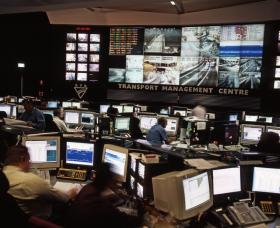
How did people travel in the past?
Students examine photos from the past and discuss modes of travel. Students talk with older family members about changing modes of transport.
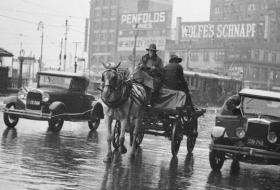
Accessing places in the past
Students draw and label past transport modes and the built features onto a photograph by Sam Hood.
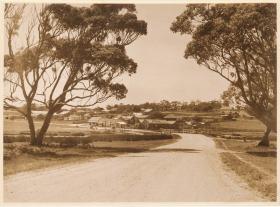
Accessing places today
Students examine a series of modern photos and discuss travel in today's world.
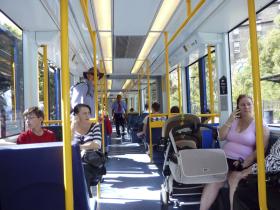
Past and present access to places
Students complete activities comparing modern and past transport.
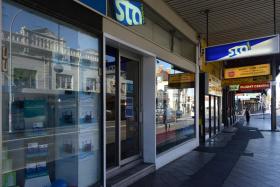
Access in an imaginary land
Students draw and label a pictorial map of an imaginary land. The map is made up of human and natural features.
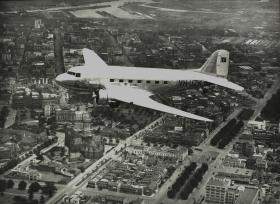
NSW Syllabus for the Australian Curriculum Geography K – 10
GE1-1 describes features of places and the connections people have with places
GE1-3 communicates geographical information and uses geographical tools for inquiry
People’s connections to places
Students:
- investigate people’s connections and access to places, for example: (ACHGK013)
- identification of factors influencing people’s accessibility to places (i.e distance)
- examination of how technology has improved people’s access to places
Acquiring geographical information
- pose geographical questions (ACHGS007, ACHGS013)
- collect and record geographical data and information, for example, by observing, by interviewing, or using visual representations (ACHGS008, ACHGS014)
Processing geographical information
- represent data by constructing tables, graphs or maps (ACHGS009, ACHGS015)
- draw conclusions based on the interpretation of geographical information sorted into categories (ACHGS010, ACHGS016)
Communicating geographical information
- present findings in a range of communication forms (ACHGS011, ACHGS017)
- reflect on their learning and suggest responses to their findings (ACHGS012, ACHGS018)
Place: the significance of places and what they are like (ie. location and features of local places and other places in the world).
Space: the significance of location and spatial distribution, and ways people organise and manage the spaces that we live in I(ie. where activities are located and how spaces can be organised).
Environment: the significance of the environment in human life, and the important interrelationships between humans and the environment (ie. natural and human features of a place; daily and seasonal weather patterns of places).
Interconnection: no object of geographical study can be viewed in isolation (ie. local and global links people have with places and the special connection Aboriginal and Torres Strait Islander Peoples maintain with Country/Place).
Scale: the way that geographical phenomena and problems can be examined at different spatial levels (ie. various scales by which places can be defined such as local suburbs, towns and large cities).
Learning across the curriculum
- Information and communication technology capability
- Critical and creative thinking
- Literacy
- Numeracy
- Difference and diversity
How are people connected to places?
What factors affect people’s connections to places?
Background notes for teachers
This unit explores our connections to places by examining physical access, modes of transport and the infrastructure that is required for its proper functioning.
Accessibility to places is examined by comparing transport in Australia. To add further value to the unit, comparisons can be made with other countries. Students born outside of Australia could share their stories of accessing different places, from travelling to Australia to travelling within local areas. Comparisons could also be made by inviting an elderly guest speaker who was born in another country.
Recommended reading
Picture books
- Oh, The Places You’ll Go by Dr. Seuss
- Round Trip by Ann Jonas
- Have You Seen My Dragon by Steve Light
- The Journey Home by Alison Lester
- Journey by Aaron Becker